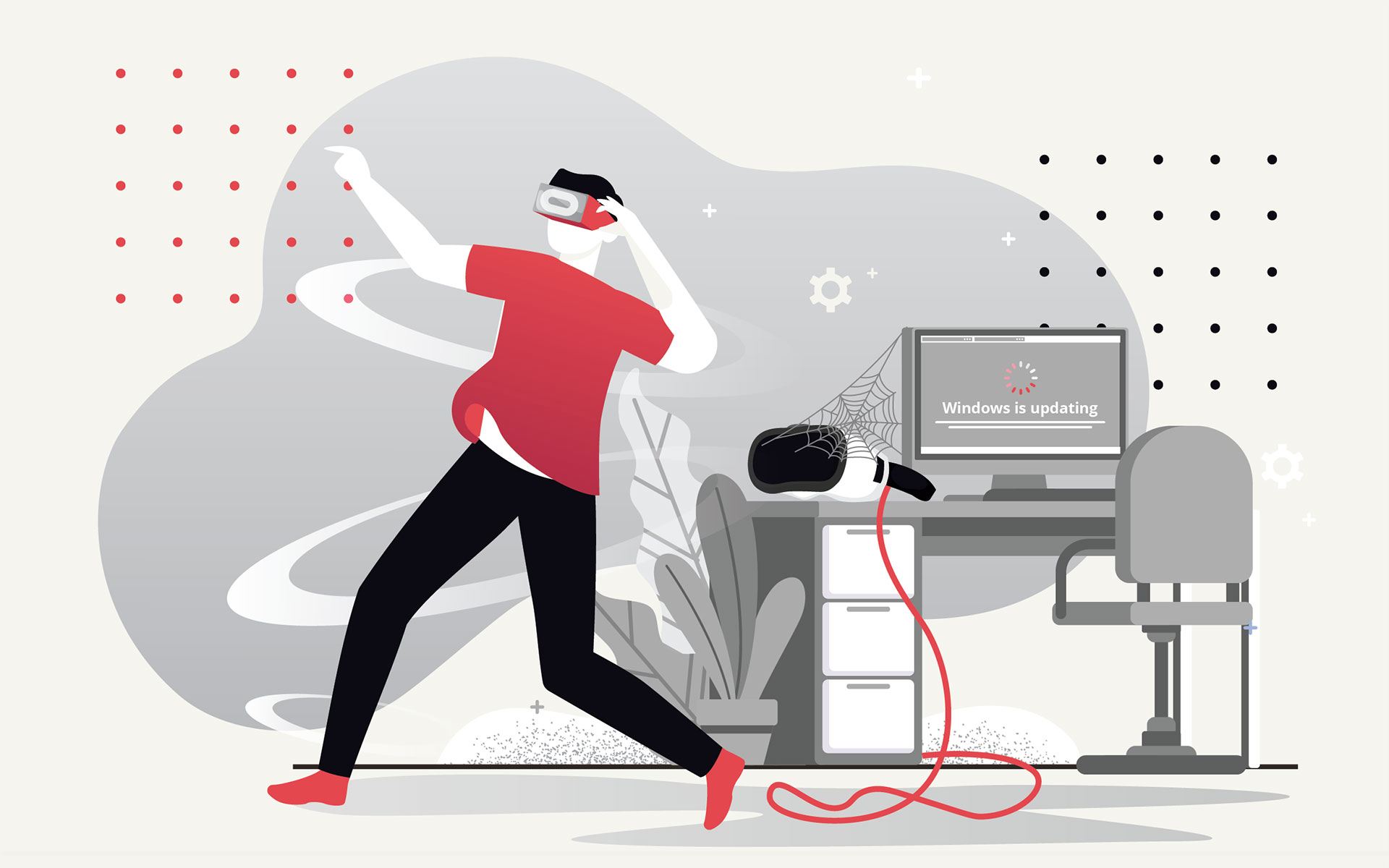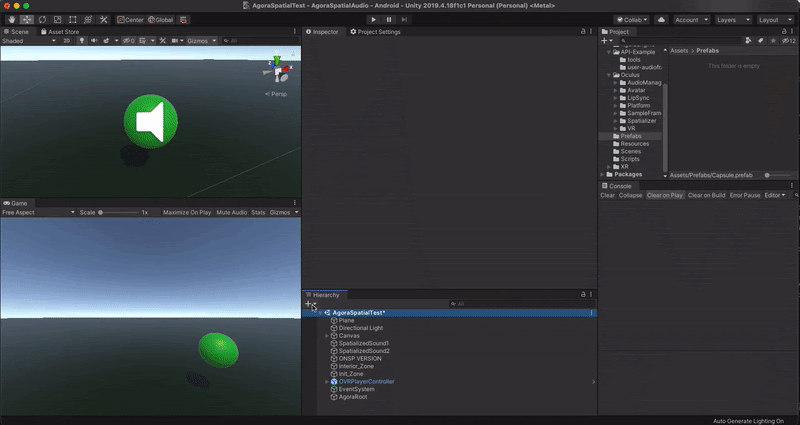

Everything worked great on the mobile, so we then added the Oculus tools to Unity and reconfigured to deploy to Oculus Quest and Oculus Go. The project was initially designed to be deployed to a mobile device.

Internally skyboxes are rendered after all opaque objects, and the mesh used to render them is either a box with six textures or a tessellated sphere or a Cubemap which we will be using.

They are rendered around the whole scene in order to give the impression of complex scenery at the horizon. Skyboxes are a wrapper around your entire scene that shows what the world looks like beyond your geometry. To view this panorama we set it as the Skybox in Unity. You can find some demo panoramas here if you need them. Unity will re-import the image and change it into a cubemap which we can use. Set the Texture Shape to Cube and hit apply. Creating panoramas & cubemapsĬopy the desired panorama into your directory and select them to view their import settings in the inspector. You can learn more about how Unity handles cubemaps here. And the properties of these assets can be changed in their import settings. Any file you copy into your Project’s Assets directory is a Unity Asset. To do this we need to import our texture as a cubemap. Hence we map our panorama texture to a cubemap. Build errors with Gradle - Exoplayer2 Unity (2019.2.15f1) Creating anOculus Go app with Unity (Windows 10), I got Gradle build errors.Much ofthem related to the following error: 'package 2 does not exist.Re-installedlast version of Unity (2019.2.15f1) from scratch and nothing ch.
UNITY 2019 CREATING OCULUS BUILD SERIES
Under the hood, these textures are stored as a series of six images mapped to the inside faces of a cube. These cubemaps provide a simple method of environment mapping, in which distant scenery – such as skies and surrounding environments – is mapped to a panoramic texture(A texture is a surface or an object. You can “capture” a 360-degree view of your surroundings by standing in one place and taking six photographs each at an orthogonal 90-degree view from the others Again consider the environment around you now. Cubemap texturing is a form of texture mapping that uses a 3D direction vector (a fancy phrase that means nothing more than a direction) to index into a texture that is six square 2D textures arranged like the faces of a cube.


 0 kommentar(er)
0 kommentar(er)
